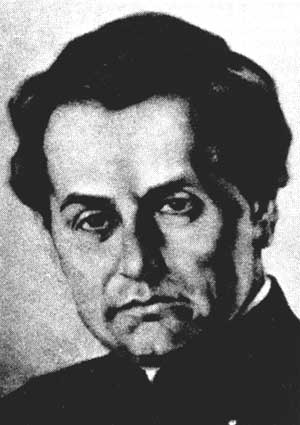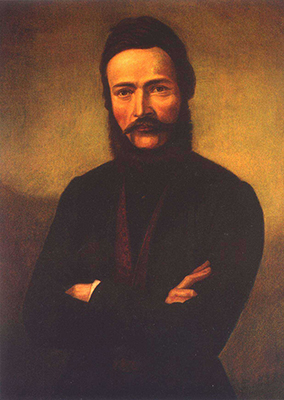About the language

The Slovak language is the official language of the Slovak Republic. Slovak is spoken by 4.5 million inhabitants of Slovakia, more than one million emigrants in the United States, and approximately 300,000 people in the Czech Republic. Smaller Slovak-language communities are situated in Hungary, Romania, Serbia, Croatia, Bulgaria, Poland, France, Germany, Belgium, Austria, Norway, Denmark, Finland, Sweden, Italy, Switzerland, Netherlands, Cyprus, Russia, Ukraine, Kyrgyzstan, Israel, Canada, South Africa, Argentina, Brazil, Uruguay, Australia, New Zealand, United Kingdom, and other countries. Slovak is known as the "Esperanto" of Slavic languages, because it is regarded as the most comprehensible language for the speakers of other Slavic languages.
Although Slovak and Czech evolved separately and independently for a long period (Slovakia became a part of the Kingdom of Hungary in the 11th century), they remained similar to one other. However, some specific features of the Slovak language (the forms of lakeť, Česi, the suffix -m in the first person singular, etc.) are paralleled in South Slavic languages. In older Slavonic studies, they were incorrectly designated as South Slavisms in (central) Slovak. Some less significant aspects of Slovak resemble Polish (prefix pre-, unlike the Czech pro; preservation of the consonant dz, and several expressions such as teraz, pivnica). In other characteristics, it resembles East Slavic languages. Therefore, it makes sense to speak about the "central" position of Slovak among the Slavic languages.

In the Indo-European family of languages, Slovak belongs to the Western branch of Slavic languages, together with Polish, Czech, and Lower and Upper Sorbian. Linguistic, historic, and archaeological sources prove that Slovak developed directly from Proto-Slavic (without passing through a Proto-Czechoslovak stage of development). The Proto-Slavic base of the Slovak language developed in the region between the Carpathians, the Danube, and the Upper Morava. This region was in contact with the West Slavic area to the west and with the East Slavic area to the north and north-east. The Slavonians, predecessors of the Slovaks, came to the area in the 6th century from the south-east. The reconstructed language of the Great Moravian ethnic group, which divided into dialects but had a unified culture, can be regarded as the basis of Slovak. The Slovak language went through rapid development in the 10th to 12th centuries, and it stabilised between the 13th and the 15th centuries. In the 16th to 18th centuries, Czech was used as the literary language of the educated in Slovakia, together with several types of cultural Slovak, including cultural West Slovak, cultural Central Slovak and cultural East Slovak. The end of the 18th century saw the first attempts to form a Slovak literary language. At the end of the 18th century, Anton Bernolák codified the language based on cultural West Slovak, but his proposal failed due to changing social and economic conditions. Ľudovít Štúr used Central Slovak as the basis for his proposal; his idea quickly took hold, and with certain modifications by Martin Hattala and Michal Miloslav Hodža, his proposal represents the basis of the Slovak language spoken today. The eras in the development of literary Slovak have been defined as the Bernolák period (1787–1845), the Štúr period (1846–1852), the reform period (1852–1863), the Matica and Martin period (1863–1918), the interwar period (1918–1940) and the modern period (starting from World War II).